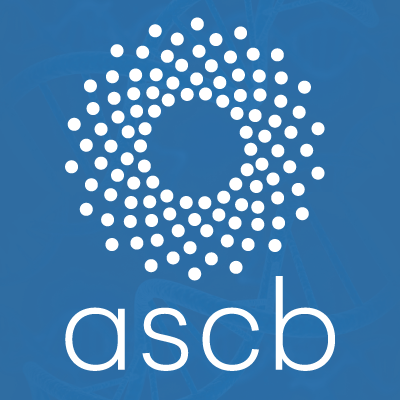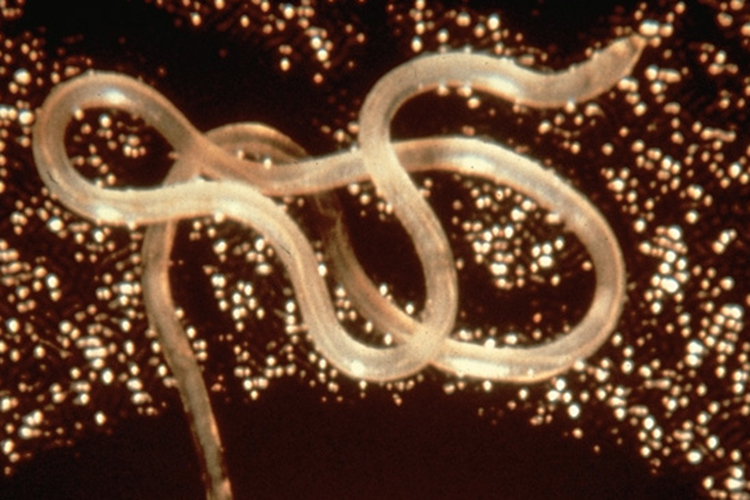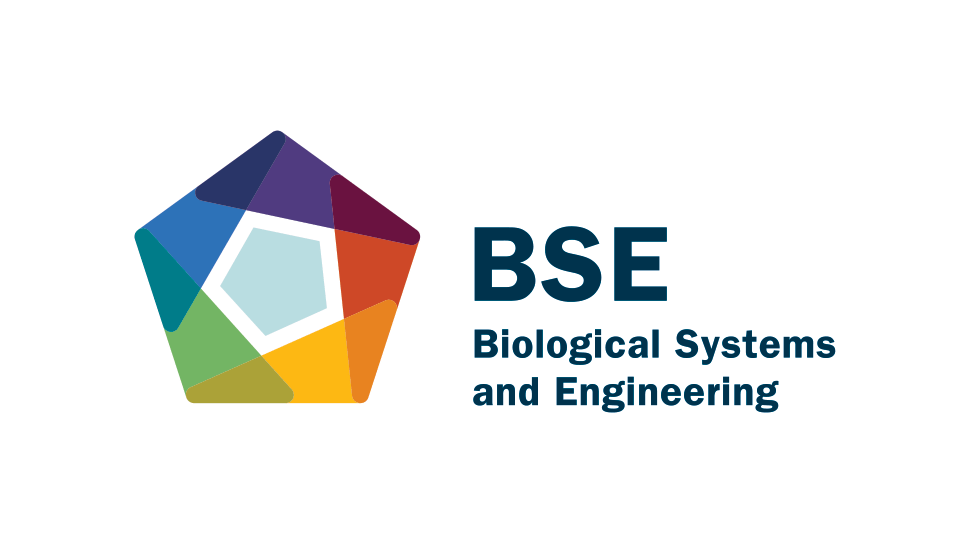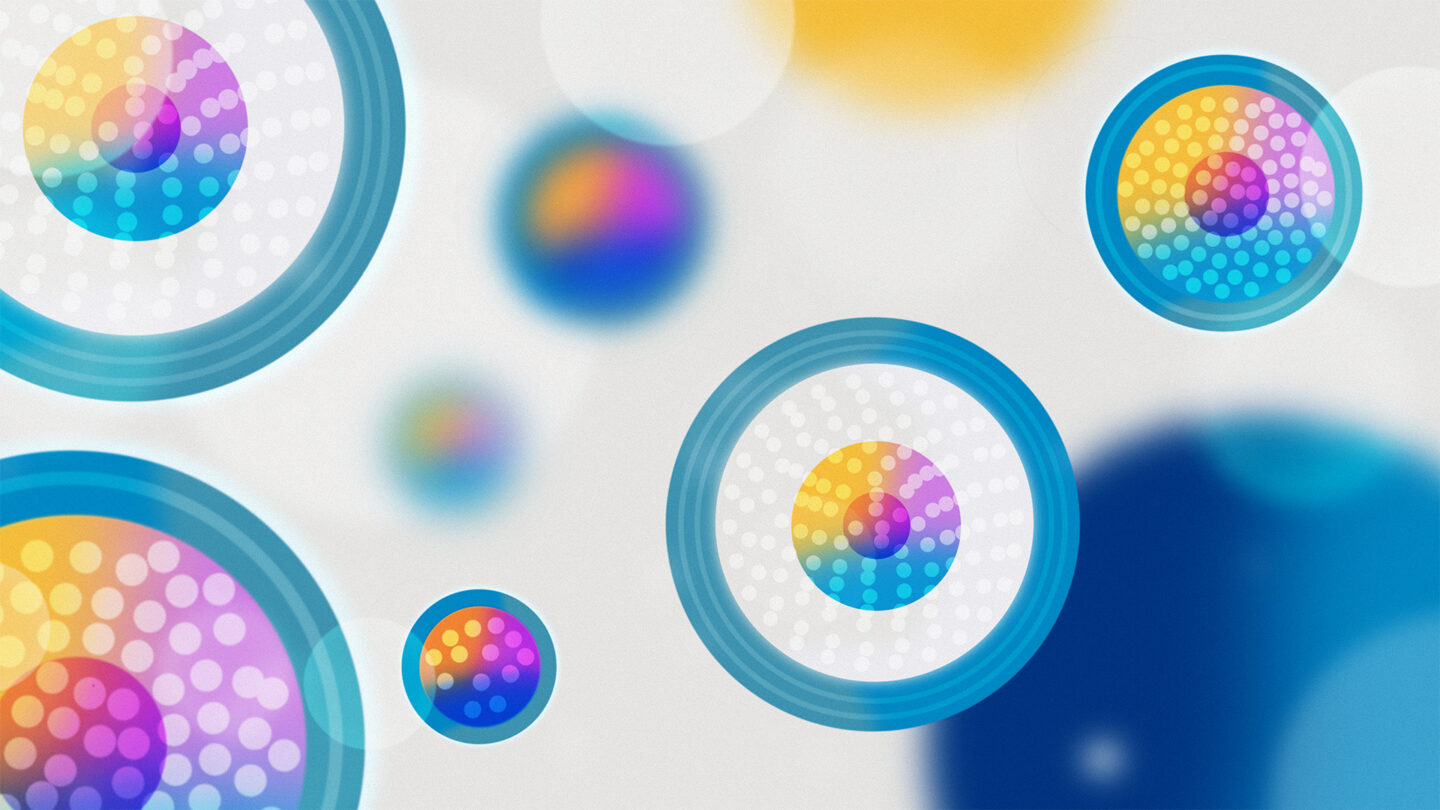
some more text
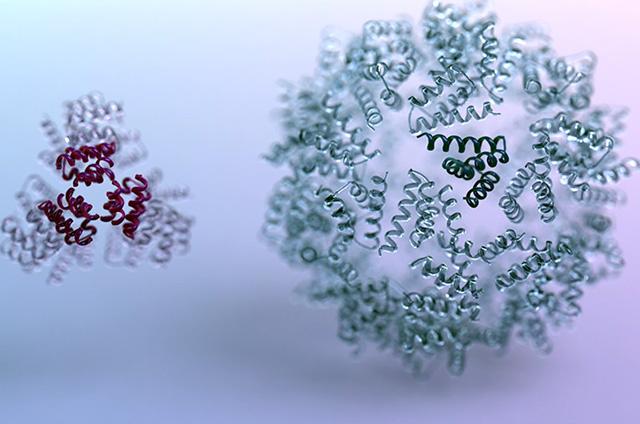
some more text
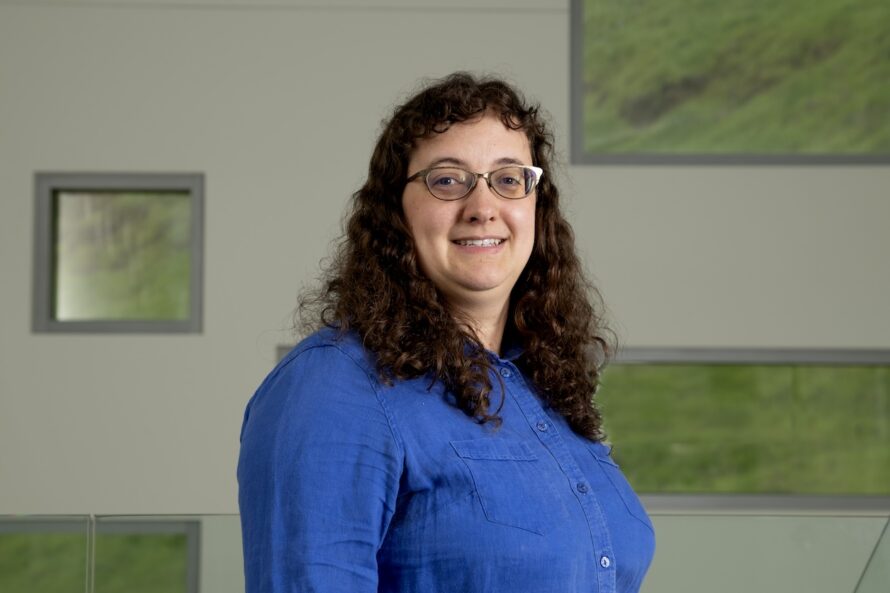
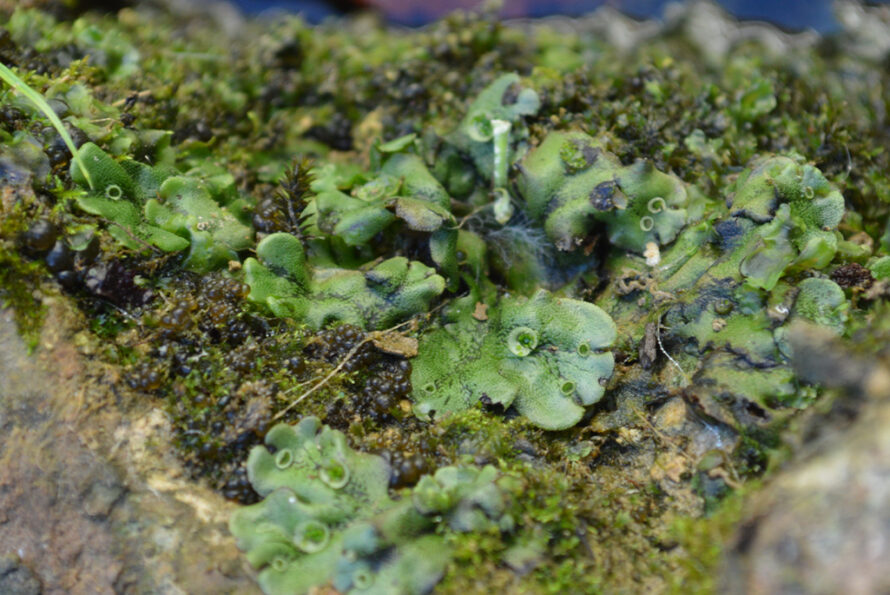
-
Dernburg and Nogales Named Fellows of the American Society for Cell Biology
Biosciences’ Abby Dernburg and Eva Nogales–both of whom are also UC Berkeley professors and HHMI Investigators–have been selected as 2017 Fellows of the American Society for Cell Biology (ASCB). Election as a Fellow is an honor bestowed upon ASCB members by their peers. The award is a lifetime recognition of meritorious efforts to advance cell biology and/or its applications, work in service to the Society, and ongoing loyalty to ASCB.
Read the article -
JBEI and JGI Partner with LanzaTech in New DOE Technology Commercialization Fund Grant
LanzaTech is looking into new routes to capture carbon capture and biomanufacture new products. In order to accelerate development while at the same time reducing costs and increasing throughput, LanzaTech is partnering with Department of Energy (DOE) laboratories: Berkeley Lab (LBNL); DOE Joint Genome Institute (DOE JGI); Sandia National Laboratories (SNL); the Joint BioEnergy Institute (JBEI), and Oak Ridge National Lab to develop new foundational technologies that will open new frontiers in this space. Under a Technology Commercialization Fund (TCF) grant by the DOE, LanzaTech, with LBNL, SNL and JBEI will focus on microfluidics, as a way to shrink the physical…
Read the article -
To Find New Biofuel Enzymes, It Can Take a Microbial Village
A new study led by researchers at the Department of Energy’s Joint BioEnergy Institute (JBEI), based at Lawrence Berkeley National Laboratory (Berkeley Lab), demonstrates the importance of microbial communities as a source of stable enzymes that could be used to convert plants to biofuels. The study, recently published in the journal Nature Microbiology, reports on the discovery of new types of cellulases, enzymes that help break down plants into ingredients that can be used to make biofuels and bioproducts. The cellulases were cultured from a microbiome. Using a microbial community veers from the approach typically taken of using isolated organisms to…
Read the article -
A Smartphone-based Microscope for Treating River Blindness
LoaScope, the latest iteration of the CellScope technology developed in the lab of Daniel Fletcher, turns the camera of a mobile device into a microscope and automatically detects and quantifies infection by parasitic worms in a drop of blood. One such parasite, Onchocerca volvulus, is endemic to Africa and can lead to blindness in infected individuals. Treatment with the drug ivermectin is complicated because co-infection by another parasitic worm, the Loa loa, can cause fatal side effects. Expanding on a successful pilot study, the LoaScope was used to analyze the blood of patients in Cameroon, enabling doctors to treat more…
Read the article -
JBEI Researchers Improve Membrane Protein Expression And Function Using Genomic Edits
Development of robust microbial platforms for bioproduction requires strains that have been engineered to have efficient carbon uptake, energy generation, tolerance to biomass pretreatment byproducts and the export of final product. Many of these optimizations require expression and overexpression of native and heterologous membrane proteins. Over the years, scientists at the U.S. Department of Energy’s Joint BioEnergy Institute (JBEI), and others have successfully found many such engineering targets. However, JBEI has also found that expression of membrane proteins is challenging and can also impact the microbial growth, thus negatively limiting the use of these discoveries. Read more from JBEI.
Read the article

